July 18, 2025 • 14 min read
Customer Experience Management (CXM): A Comprehensive Guide

Content Writer
July 18, 2025
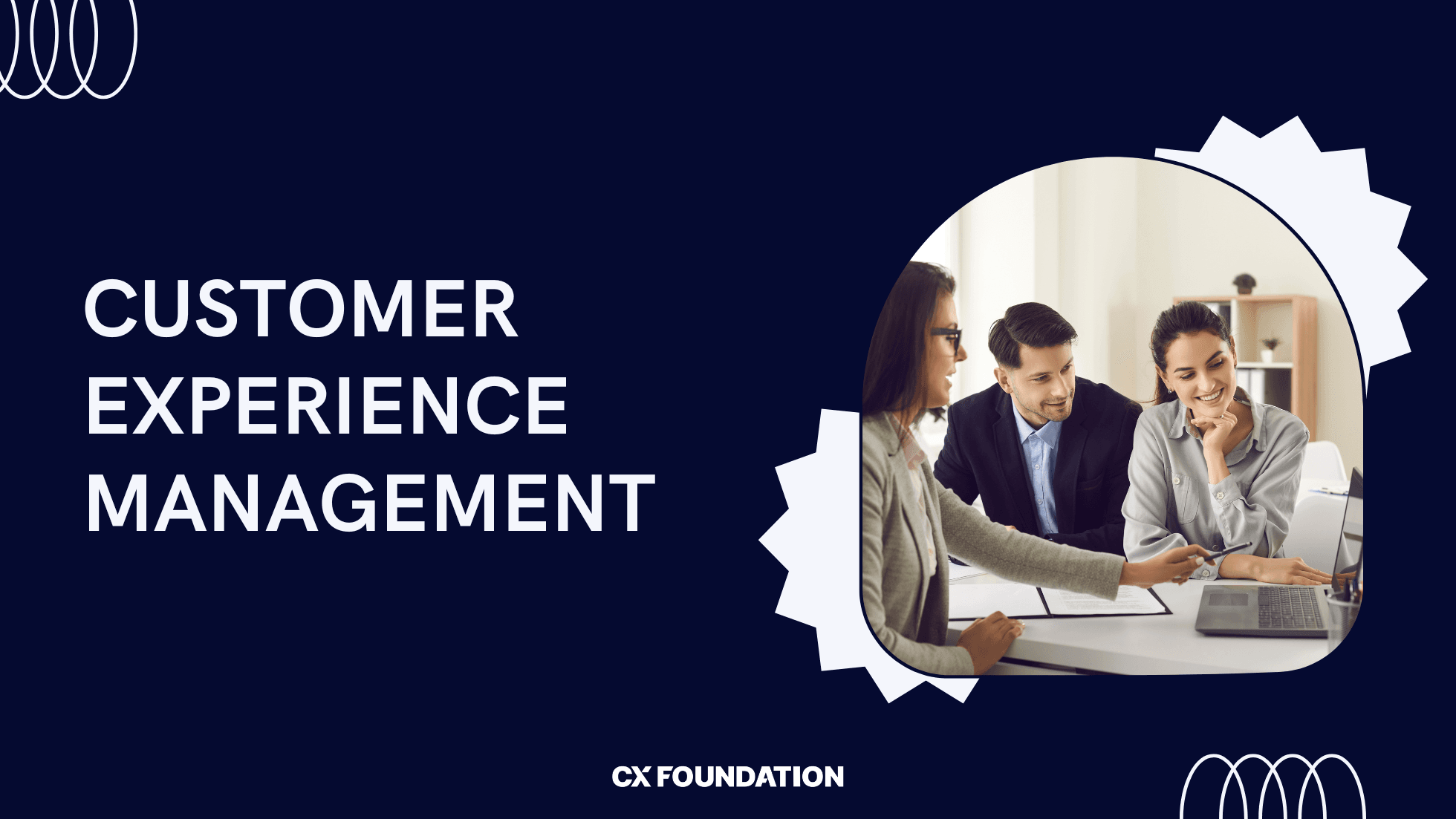
What Is Customer Experience Management (CXM)?
Customer Experience Management (CXM) is intentional design and oversight of all interactions a customer has with a brand across every channel, from awareness to advocacy. It is what transforms a customer into a loyalist and eventually brand evangelist. As products and price parity become more common, CXM should be the strategic heart of how your business positions itself and competes.
CXM combines analytics, feedback loops, AI-driven personalization, and dynamic orchestration to formulate and react in real time to customer interactions. That way, you can meet and exceed their expectations and grow from both revenue and brand recognition. It’s not an extra, it’s necessary: 76% of customers say they’re frustrated when companies fail to make meaningful and personalized customer experiences.[*]
Why Is Customer Experience Management Important?
CXM adoption is key as experiences serve as the foremost differentiating factor in customer decision-making. Market saturation, digital disruption, and moving targets for consumer expectations make it irresponsible for companies to have reactive and fragmented CX.
This section touches on key points driving CXM adoption and why it’s more than a “nice to have.”
Stand Out in Crowded, Competitive Markets
Product parity is the norm, experience is your clearest strategic advantage. Maintaining a strong CXM program assures brands cut through the noise with emotionally powerful and highly differentiated journeys that encourage customers to come back (and tell their family and friends).
Keep Up With Rising Customer Expectations
93% of customer service teams agree that customer expectations have never been higher and are not dropping anytime soon.[*] Your customers want seamless, personalized, and instant engagement. Anything less than that will have them seeing you as dinosaurs.
Adapt to Changing Consumer Behavior and Preferences
Customers pick, choose, and switch through many different platforms, all while expecting no friction or sluggishness when transitioning across them. CXM is your key to staying agile and relevant by keeping track of behavioral patterns and shifting your experiences dynamically in real-time.
What Are the Core Principles of CXM?
CXM means investment and patience and ensuring nothing feels one-size-fits-all. Built on a foundation of values and operational philosophies, CXM will guide your teams and technologies on every level. From cross-functional collaboration to personalization at scale, the best CXM programs form in targeted and ongoing efforts. These principles should steer the way you aim towards CX maturity:
Holistic Journey Perspective
Customer journeys are not linear let alone one-size-fits-all. Take a journey-based view, rather than isolated touchpoints. This holistic point of view helps uncover deeper pain points and growth opportunities.
Customer-Centricity
That old adage, “the customer is always right”, never goes out of style for a reason. Customers are the center of your decision making process, you must prioritize outcomes for your customers and not your own internal convenience.
Personalization at Scale
Customers will leave if you do not tailor experiences for them, arm yourself with behavioral and contextual data to personalize your touchpoints at a moment’s notice.
Cross-Functional Collaboration
CX is not to be siloed. Teams from product to marketing to sales and support must come together in lockstep to provide unified and cohesive experiences.
Continuous Optimization
CXM is never truly “done.” Whether it's refining performance, engineering better feedback loops, or embed testing, iteration and evolution must continue.
Benefits of Customer Experience Management
The benefits to mastering CXM are not limited to happier customers. Expect to see longer retention, higher lifetime value per customer, and leaner operational performance all-around. This section puts it into perspective: strategic experience management leads to measurable business outcomes and stronger bottom lines.
Enhanced Customer Satisfaction
Robust and quality-driven CX is the key to measurable gains in satisfaction metrics like CSAT, NPS, and CES. All metrics which speak to tangible gains for both brand loyalty and advocacy. According to leading industry studies, organizations that improve CX can boost customer satisfaction by 20% and drive up revenue by up to 15%.[*]
Improved Retention and Loyalty
Customer-centric companies keep 89% of customers, compare that to a meager 33% for those that don't prioritize experience [*]. Even better, research shows that loyal customers are more likely to spend with you more over time, repeat customers spend 67% more than new ones.[*]
Stronger Brand Reputation
If you satisfy your customers, they in turn return the favor by becoming vocal advocates. 72% of customers will share a positive experience with six or more people, while 13% will share a negative one with 15 or more [*]. A reputation for exceptional service and speed leads to high referrals, distinguishingly high ratings and overall stronger market positioning.
Actionable Customer Insights
CXM platforms enable instant tracking for your customers on both a feedback and behavioral standpoint, unlocking critical insights that inform your next moves from product development to support operations. According to top researchers in the field, 94% of customers say they’re more loyal to brands that offer transparency and consistently improve experiences.[*]
Improved Operational Efficiency
A well-tuned and integrated CXM system slashes the cost of service by streamlining workflows, minimizing escalation, and automating responses. CX leaders grow revenue faster and drive more cost efficiency compared to their peers, improving CX by just one point can lead to more than a $1 billion in additional revenue.[*] Yes, a billion with a “b.”
CXM vs. CRM vs. CSM: What’s the Difference?
While CRM, CSM, and CXM all deal with customer relationships, they serve distinct purposes in your tech stack and strategy. This section clears up the differences, so you know when and how they can work together to deliver world-class experiences.
At a Glance: A Comparison Table
| CRM (Customer Relationship Management) | CSM (Customer Success Management) | CXM (Customer Experience Management) | |
|---|---|---|---|
| Primary Goal | Manage sales relationships and pipelines | Ensure customer success post-purchase | Deliver seamless, end-to-end customer journeys |
| Scope | Sales and marketing | Post-sale engagement and retention | Full lifecycle: marketing, sales, service, loyalty |
| Key Users | Sales teams, marketing | Customer success managers, account teams | Cross-functional: marketing, sales, CX, ops |
| Core Functions | Lead tracking, contact management, pipeline reporting | Onboarding, product adoption, renewals | Journey mapping, personalization, feedback loops |
| Tech Stack Role | Database of record for customer data | Workflow engine for customer health | Orchestration and intelligence layer across tools |
| Customer Visibility | Transactional data only | Success milestones and usage tracking | Holistic view including behavior, sentiment, and preferences |
| Typical Industries | Universal: B2B, B2C, all verticals | Common in B2B SaaS and service-based models | Growing adoption across all industries |
| Limitations | Doesn’t manage post-sale experience | Often reactive and limited to renewals | Requires tight integration and organization-wide alignment |
CRM (Customer Relationship Management)
CRM systems track everything from contact info and communication history to deal size and pipeline stage. It’s great for managing leads and moving deals forward, but that’s where it stops. It is incredibly useful for managing sales processes, but CRM will not build lifelong relationships because it is all transactional.
CSM (Customer Success Management)
CSM steps in after the sale, making sure customers actually succeed with what they’ve bought. Think onboarding, usage tips, and renewal nudges. It’s proactive and value-driven, but typically limited to B2B or subscription-based models. The problem? CSM rarely has visibility into the full customer journey or the tools to influence it beyond post-sale check-ins.
CXM (Customer Experience Management)
CXM is a big-picture play. Getting customers in the door or keeping them happy after the fact is not the sole focus. CXM makes every moment they have with your brand feel real and purposeful. CXM compiles the data from your CRM, the insights from your CSM team, and transforms it into something entirely new and meaningful. The goal? A seamless, buzzworthy experience which feels human, consistent, and worth coming back for.
Strategies to Improve Customer Experience Management
Leveling up your CXM is all about building a system that closes gaps, and actually makes life easier for your customers and your teams. These five steps are the groundwork for turning scattered interactions into consistent, meaningful experiences.
Step 1: Create Unified Customer Profiles
If your data’s living in silos, you’re flying blind. Marketing sees one version of the customer, support sees another, and no one’s quite sure who they’re talking to. Before you can personalize or optimize anything, you need to aggregate browsing behavior, past purchases, support chats, survey results, and whatever you’ve got. Stir it up together and then you get that 360-degree view you need. It’s how you stop guessing and start showing up with what people actually want.
Step 2: Map and Optimize the Customer Journey
You’ve got to map the whole customer journey out: every step, every decision point, every “ugh, this is annoying” moment. Don’t just look at what’s happening, dig into why it’s happening. Then use that to tighten things up: reduce clicks, shorten wait times, make the handoffs cleaner. Customers notice when things just work and they bounce when they don’t.
Step 3: Personalize at Scale
Once your data and journey maps are in place, the real power of CXM comes into play: personalization. Personalized product recommendations, targeted content, automated but timely messages because it all adds up. This doesn’t mean everything is handcrafted by a human. It means your tech knows enough about your customer to act like one.
Step 4: Collect and Act on Feedback
Embed NPS, CSAT, CES surveys, and listening tools throughout your touchpoints, but don’t just hoard the data. Get it to the teams that can do something with it. Feedback should spark fixes, inspire improvements, and close the loop with customers.
Step 5: Align Internal Teams Around CX Goals
CXM only works when everyone’s aligned: marketing, product, sales, support, operations, all of it. Set shared KPIs. Bake customer goals into team OKRs. Break down silos and get people talking. CX isn’t someone’s job title: it’s everybody’s responsibility.
Key Features of CXM Software
Technology’s come a long way, but tools alone won’t fix a broken customer experience. What they can do, though, is give your teams a fighting chance to listen better, respond faster, and make every customer feel like they actually matter. The right CXM platform ties all your loose ends together and turns data into action, here we’ll cover what matters most.
Customer Data Management and Segmentation
Good customer data management pulls together all those little breadcrumbs: purchases, browsing, support tickets, preferences, and putting them in one clean, unified profile. Without that? It’s guesswork. With it? You’re speaking directly to what they need: saving customers’ time and yourself staffing costs. With proper segmentation, teams can group customers smartly instead of shouting the same message at everyone and hoping it sticks.
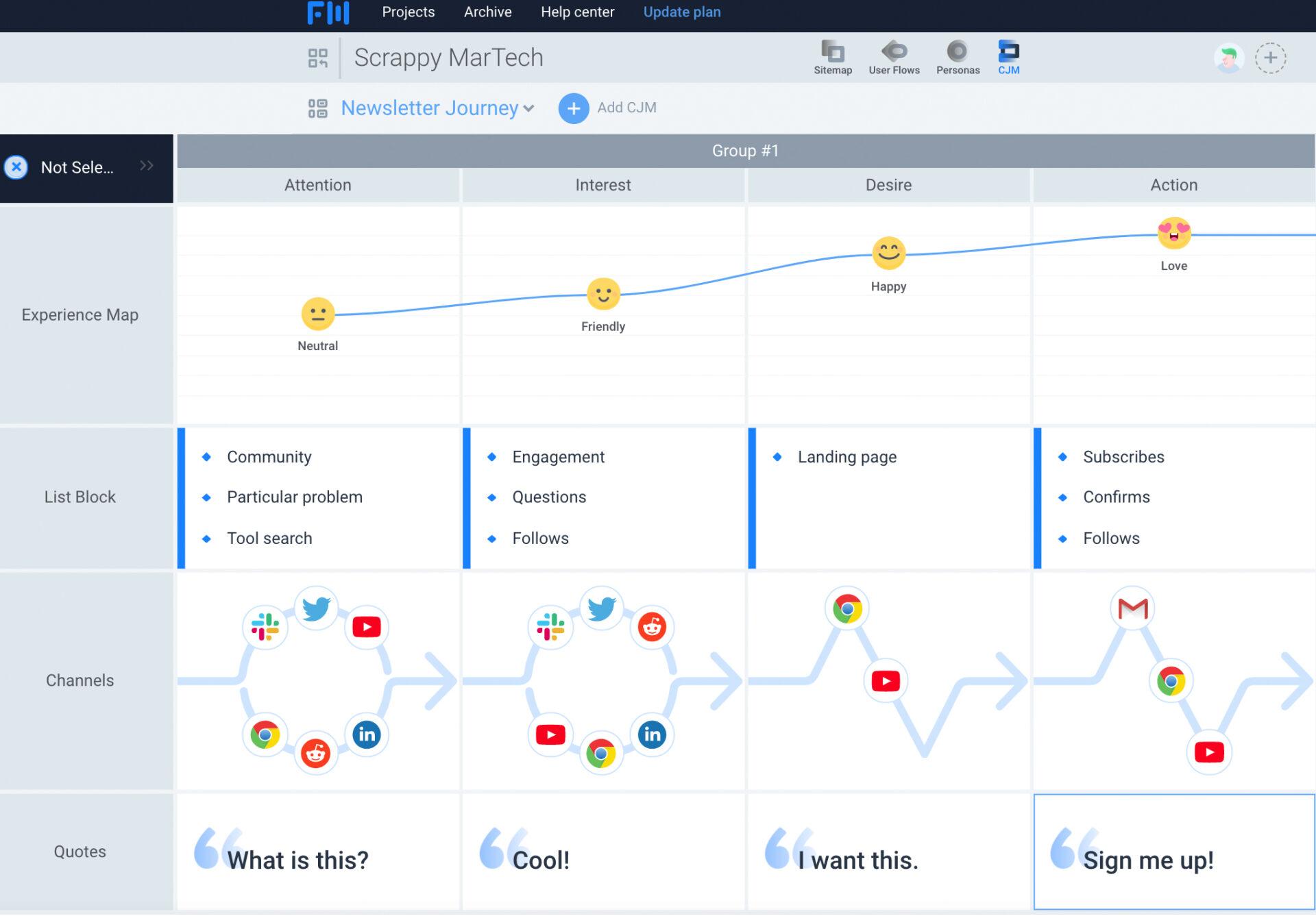
Journey Mapping and Orchestration
You wouldn’t take a road trip without a map, the same goes for your customer journey. This feature helps you lay out every twist and turn your customers take, from the first curious glance to that all-important “I’ll be back for more.” Setting a journey into motion is more than just knowing where your customer has been. Journey orchestration lets you automate responses all the while guiding people to the next best step whether it’s support or a potential upselling opportunity.
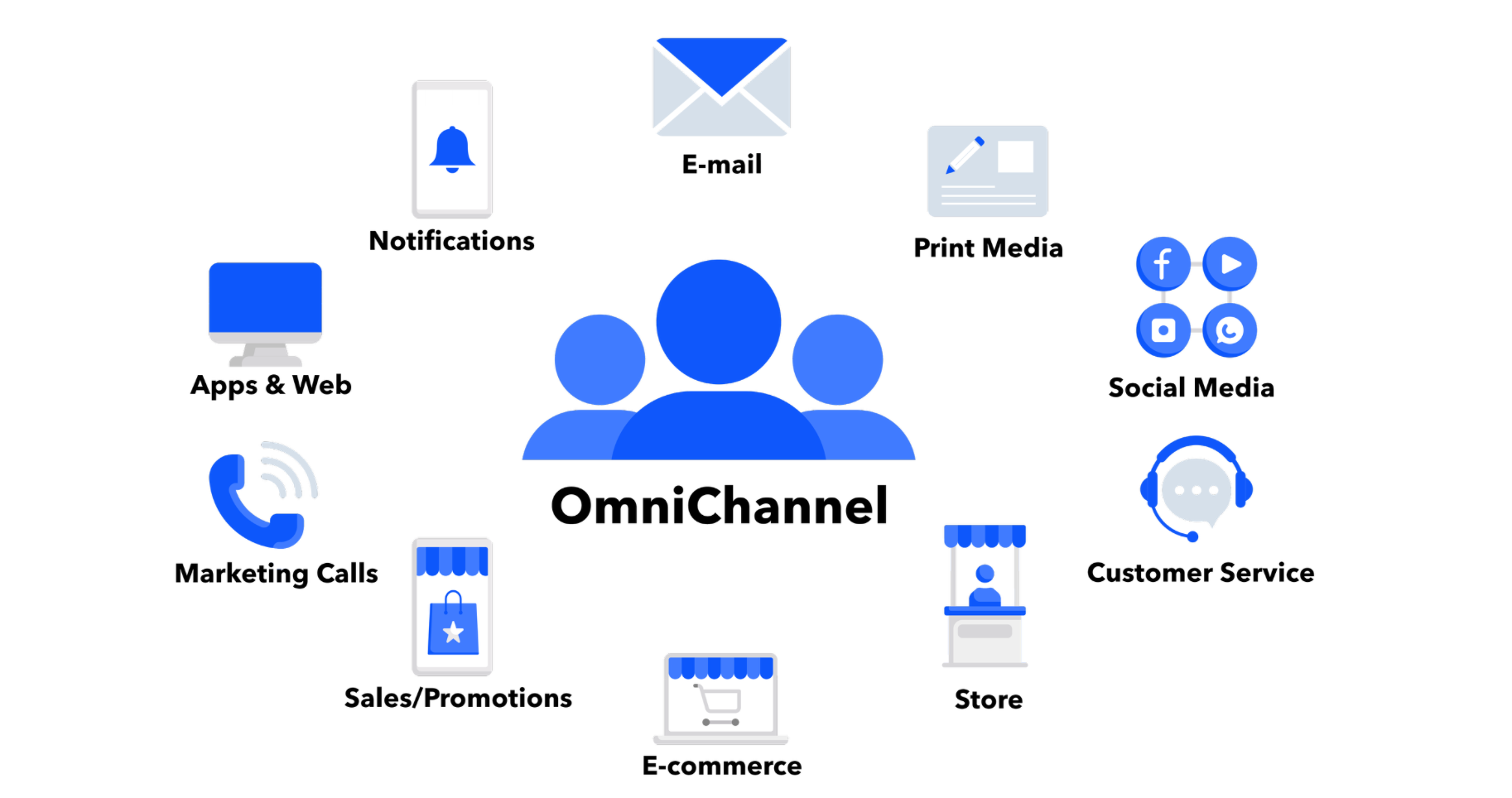
Omnichannel Engagement Tools
People don’t live or work on just one channel anymore. One day they’re emailing, the next they’re in a live chat or sliding into your DMs. A good CXM platform helps you meet them wherever they are and make it feel like one conversation.
Feedback Management (NPS, CSAT, CES)
CXM software should make it second nature to collect feedback: surveys, ratings, even a casual thumbs up or down. More importantly, it can actually do something with it. NPS, CSAT, or CES are your arsenal letting you catch issues early, spot trends, and let customers know their voice counts. Don’t collect opinions, let your feedback drive real decisions.
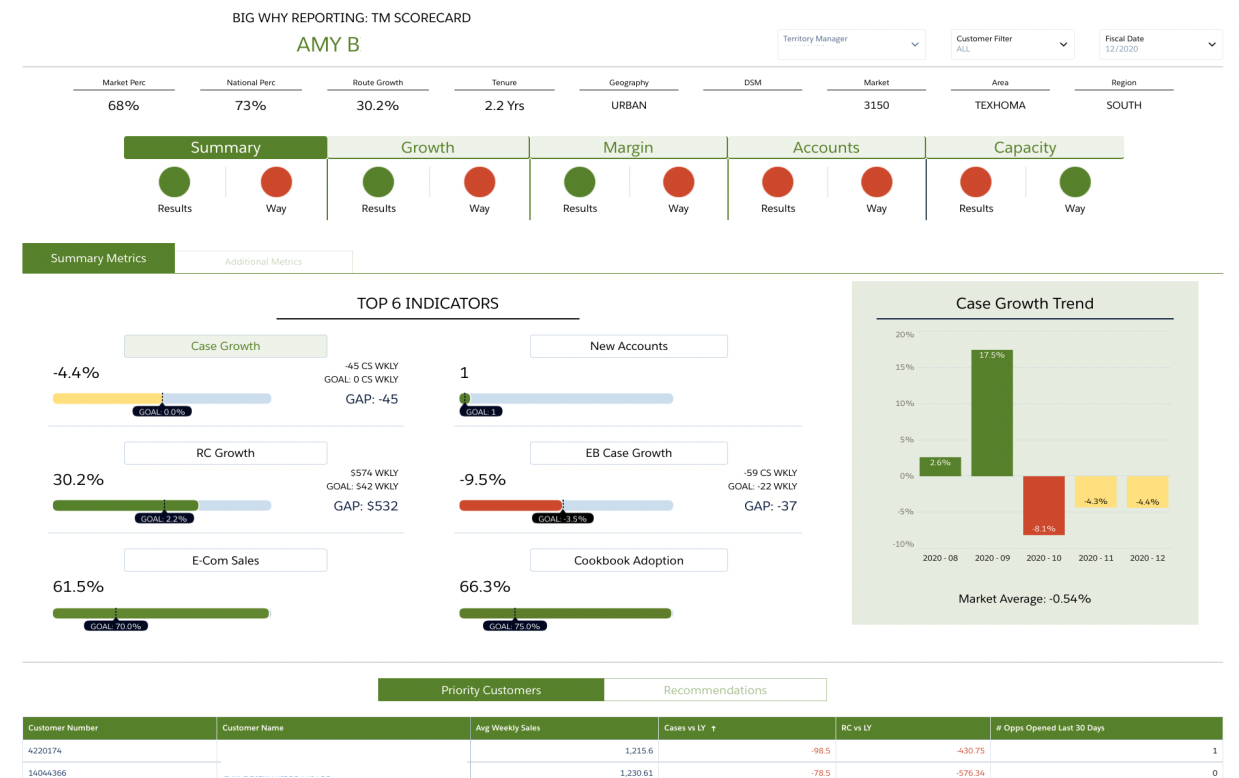
Analytics, Dashboards, and Reporting
Dashboards and reporting give you a peek at what’s working, what’s wobbling, and which toxic branches to prune to ensure you’re not bleeding out customers. The best dashboards and reporting tools never overwhelm you with charts. Dashboards must highlight what matters and bring forth tangible facts regarding trends, KPIs, churn risk, team performance.
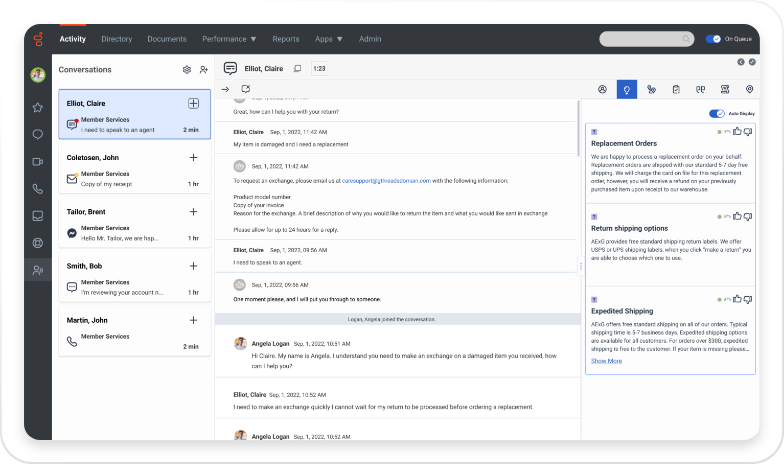
AI and Predictive Insights
AI should make your teams acute and dialed into what your customers want and need. Predictive insights can tell you when customers are likely to churn, what loyal customers expect next, or how to jump in before a problem becomes systemic. Do not abandon your human teams because AI still cannot replicate the human touch. Augment your teams.
CXM Examples and Use Cases
The best companies make customer experiences feel like second nature: invisible, seamless, and satisfying. Below are some real-world examples and scenarios where customer experience management isn’t just a nice-to-have: it’s the reason they’re ahead.
Retail: Sephora’s Personalized Shopping and Seamless Service
Sephora has built one of the most intuitive retail CX ecosystems around. They blend loyalty programs, in-store experiences, mobile apps, and personalized recommendations like second nature. Every online action, whether it’s favoriting a product or watching a tutorial, feeds back into their system. Walk into a store? The associate already knows your preferences. Need help online? The chatbot’s already seen your history. That’s CXM working overtime behind the scenes to make customers feel understood.
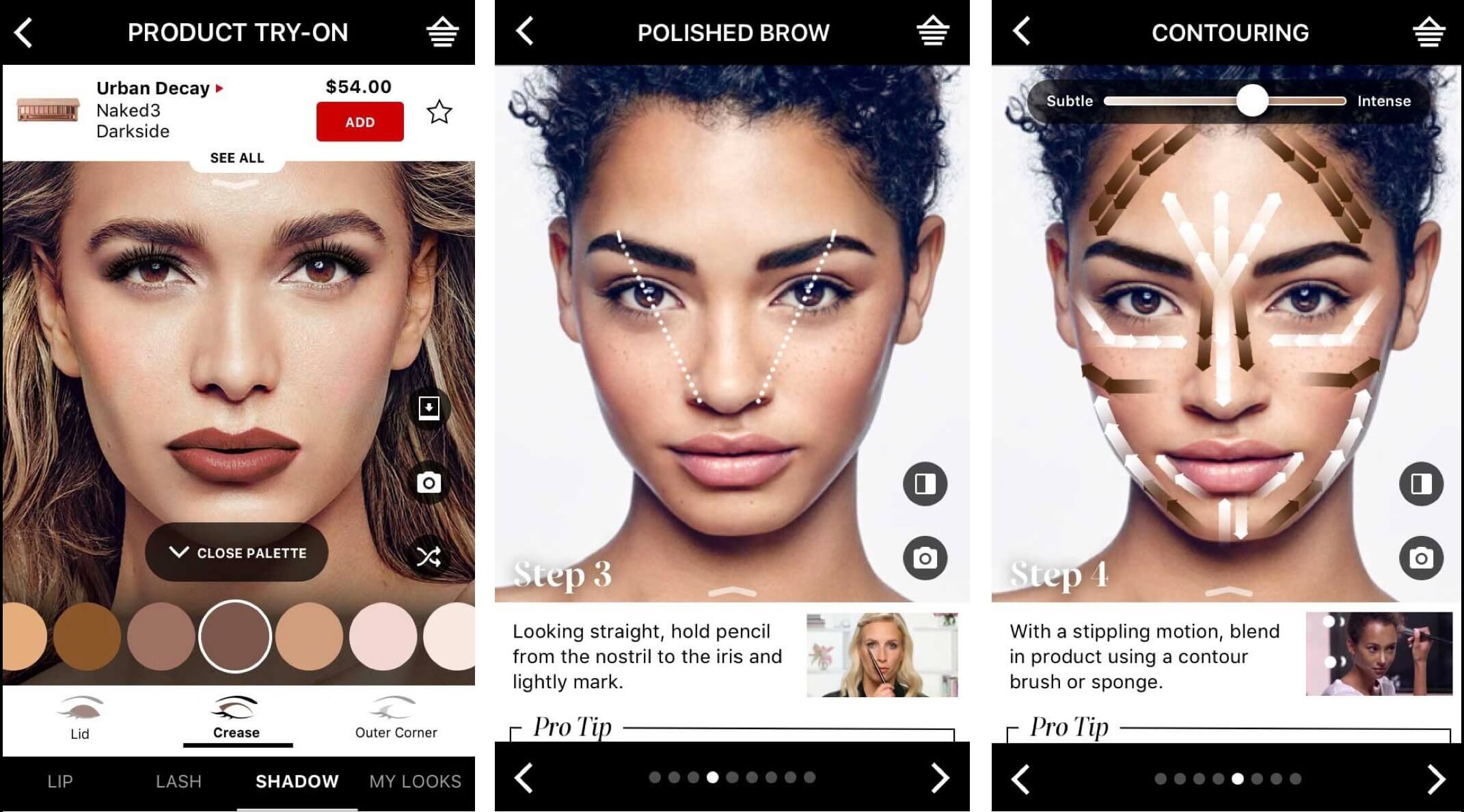
Retailers use CXM to unify e-commerce behavior, loyalty data, and in-store interactions to create personalized promotions, product suggestions, and proactive service. It’s not just “Hey, we see you bought a red lipstick”, it’s “We remember what shade you like and when you may need more.”
Travel and Hospitality: Marriott Bonvoy’s Frictionless, Anticipatory Experiences
Marriott’s loyalty app remembers your room preferences, check-in patterns, and even sends alerts when your favorite locations have upgrades. Behind the scenes, they’re stitching together mobile activity, booking history, and customer service records. The result? Customers land in a hotel that already feels like home.

Travel brands use CXM to anticipate needs, things like offering a room upgrade based on loyalty tier or notifying guests about a delayed flight and offering a late check-out. It’s about reducing traveler stress and increasing moments of delight, even in high-stress scenarios.
Telecom: T-Mobile’s “Un-carrier” Approach to Proactive Support and Retention
T-Mobile’s “Un-carrier” approach isn’t just marketing. They reengineered their support experience so reps have full visibility into customer history and behaviors. That means faster resolutions, fewer transfers, and service that feels like someone actually knows you.

Telecom companies like T-Mobile use CXM to predict churn (tackling anything from a billing issue to repeated dropped calls), trigger retention offers in real time, and arm agents with complete customer histories to resolve issues before they escalate.
Healthcare: Cleveland Clinic’s Patient-Centric Communication
Cleveland Clinic uses CXM principles to deliver personalized, consistent care: whether you’re booking an appointment, checking test results, or following a treatment plan. Their patient portal serves as a hub that adapts based on medical history, past visits, and even patient sentiment.
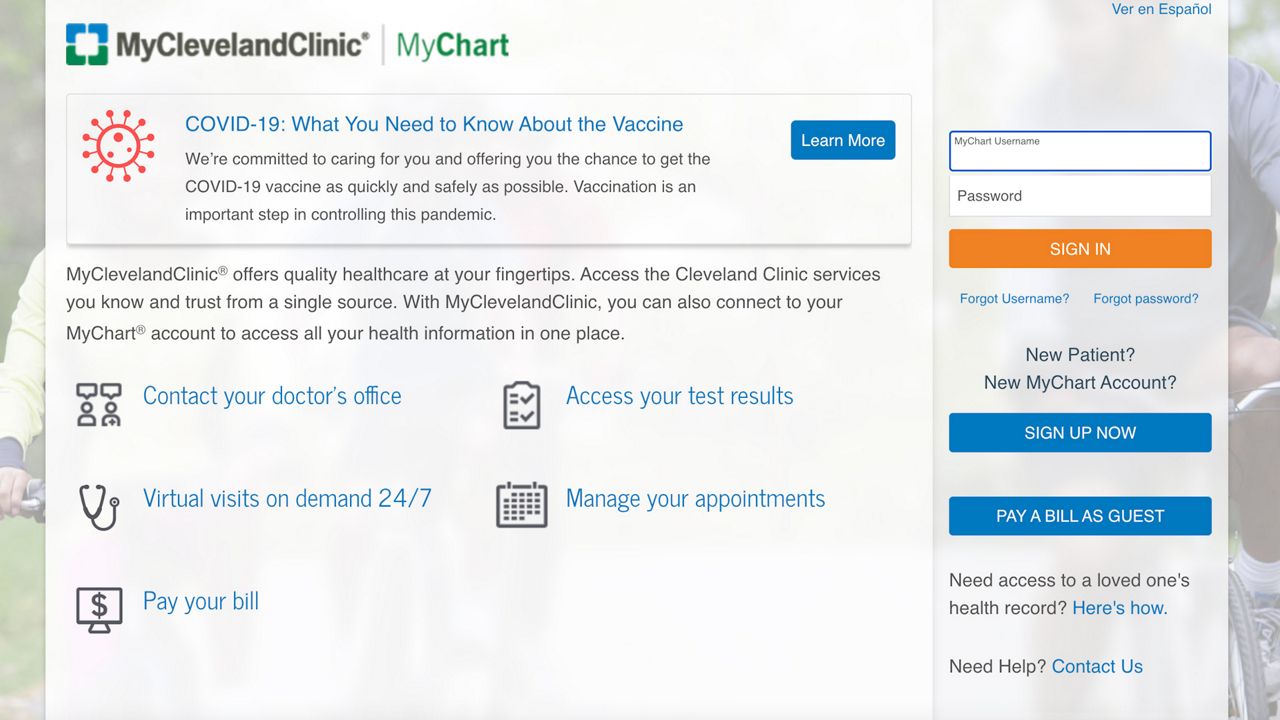
Healthcare providers rely on CXM to connect scheduling, diagnostics, communications, and patient feedback in one platform. The end result is patients feeling supported throughout their care journey, not just during visits. Done right, it builds trust and improves outcomes.
B2B SaaS: Hubspot Innovates Onboarding and Lifecycle Engagement
HubSpot makes customer education and retention a core facet of their CX DNA. Behavior-based onboarding flows, proactive support, NPS surveys, and contextual help articles come together to ensure the platform continually adapts based on where a customer is in their journey.
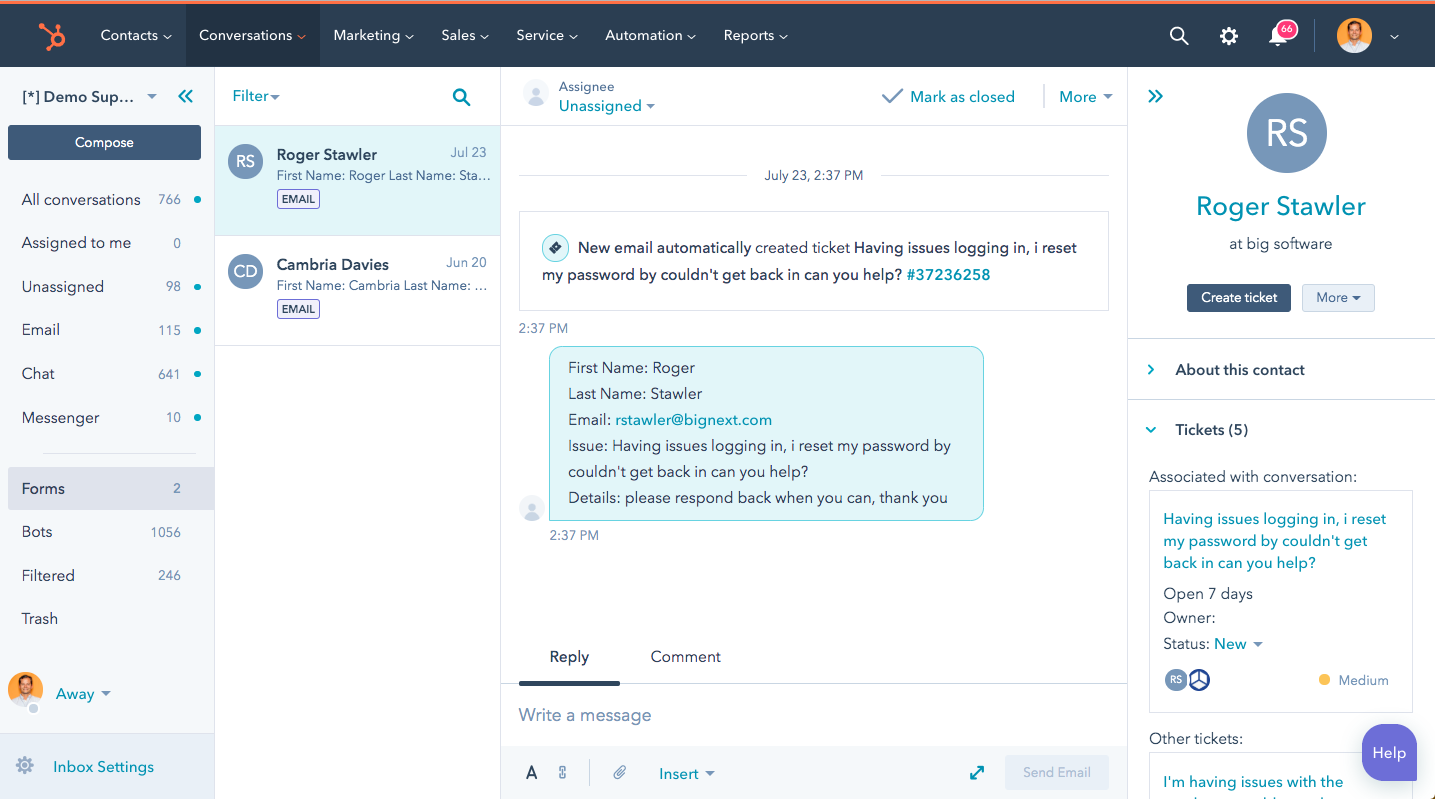
SaaS companies use CXM to guide customers through onboarding, track usage to spot churn risk, deliver timely educational content, and prompt upsells only when it makes sense.
FAQs
CX is the final result, whereas CXM is the strategy and technology that governs how that result is achieved and optimized.
Through metrics like NPS, CSAT, CES, churn rate, customer lifetime value, and sentiment analysis.
SaaS, retail, healthcare, financial services, travel, and telecom. Imagine this, basically any vertical with high customer engagement or long journeys.
Anywhere from 3 to 24 months depending on company size, tech stack, and cultural readiness.
At minimum, quarterly. But key KPIs and feedback loops should be monitored continuously to remain agile.